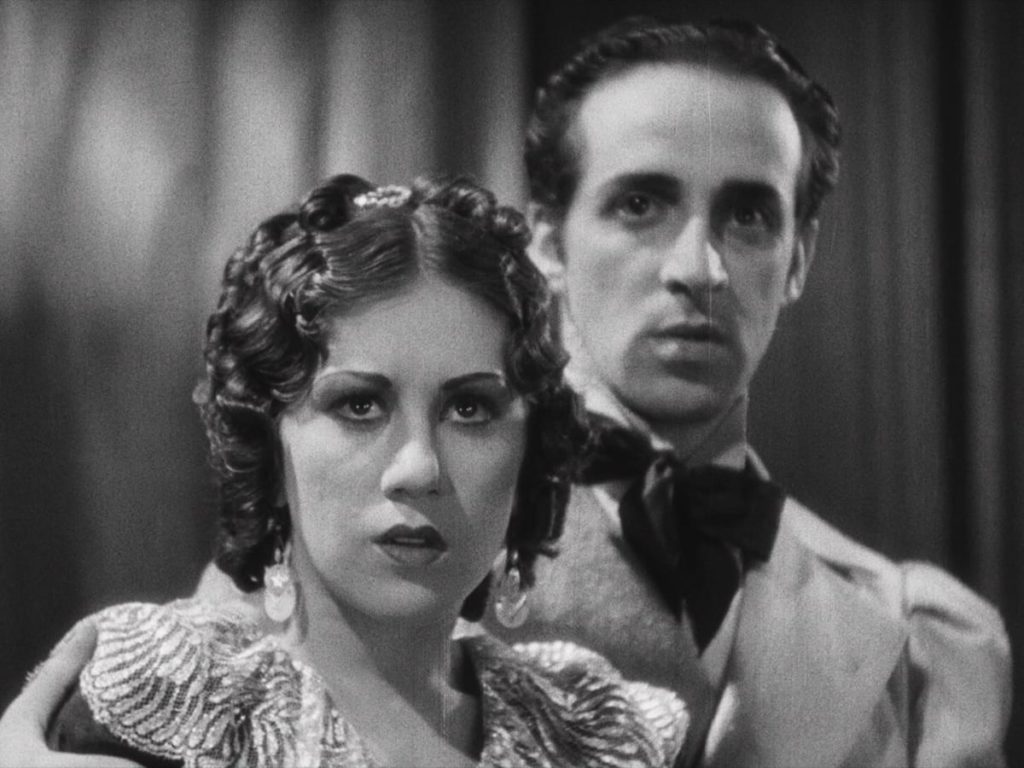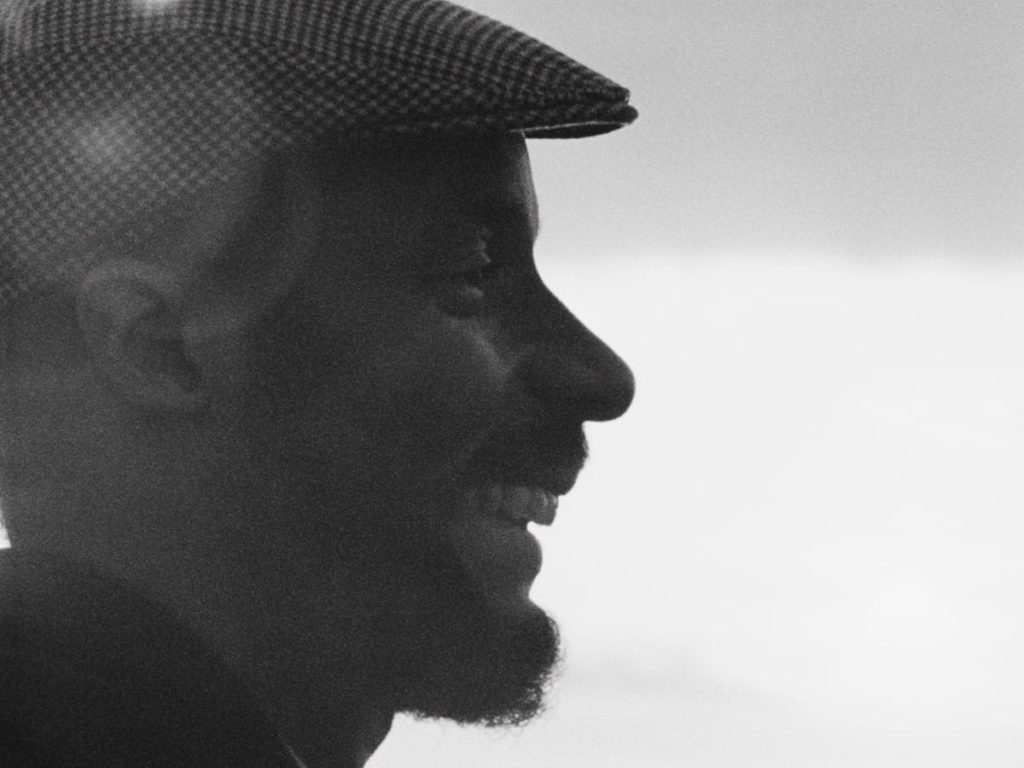
Home viewing: Martin Scorsese’s World Cinema Project No. 3
Michael J. Casey 09/17/2020In 1990, Martin Scorsese brought together a band of cinema enthusiasts to protect motion picture history by creating The Film Foundation (TFF) — a bridge between Hollywood studios and archives. Its mission: Preserve America’s visual art form for future generations. Thirty years in and 850 restorations later, TFF remains a beacon of hope in a myopic industry.
But American borders couldn’t contain Scorsese’s catholic tastes. In 2007, he established the World Cinema Project (WCP) to focus on the works made in countries not typically associated with cinema. To date, 42 films from Africa, Asia, Eastern Europe, Central America, South America and the Middle East have been rescued, restored, preserved and exhibited for a global audience. And on Sept. 29, The Criterion Collection releases the latest box set of cinematic discoveries, Martin Scorsese’s World Cinema Project No. 3: After the Curfew (Indonesia), Dos monjes (Mexico), Downpour (Iran), Lucía (Cuba), Pixote (Brazil) and Soleil Ô (Mauritania).
Of the six, Pixote is the most familiar to U.S. viewers as it garnered a bevy of acclaim and awards upon its release in the early 1980s. It was director Héctor Babenco’s third feature, made after authorities shut down the documentary he was working on about abandoned children stuck in the reform school system. No biggie: Babenco took what he’d seen and translated it into a scripted narrative à la William A. Wellman’s Wild Boys of the Road and Luis Buñuel’s Los olvidados. The result is a powerful work that feels completely authentic, no matter how grisly the story gets.

Probably the least familiar movie in the set is the 1934 Mexican melodrama from Juan Bustillo Oro, Dos monjes — a movie unknown to Scorsese when the title was offered for restoration. But Dos monjes’ exemplary blending of contradicting narrators, gothic horror, expressionistic photography and exaggerated set designs proves that what we don’t know could fill the sky.
Cinema is everywhere, and Scorsese’s work is never done. In 2017, TFF partnered with UNESCO, Cineteca di Bologna and the Pan African Federation of Filmmakers for the African Film Heritage Project — an initiative to locate and preserve 50 classic African films.
Soleil Ô from director Med Hondo was the first film restored under the banner, and the film is a revelation. Blending animation, documentary and narrative, Hondo follows an African immigrant (Robert Liensol) looking for work in an intolerant France, one that refuses to look at him, let alone employ him, while simultaneously stripping him and his country for parts. “I am bleached by your culture,” he muses.
Made over three years for $30,000, Hondo describes Soleil Ô as therapy: “For everything that disturbed me in both my physical and moral life, after all that I’d been through, that others had been through.” Not long after the restoration of Soleil Ô, Hondo died at the age of 82. Thankfully, his experiences and images live on.

Each of the six films included in Martin Scorsese’s World Cinema Project No. 3 are new, restored 4K digital transfers complete with introductions from Scorsese, interviews with filmmakers and scholars, and a substantial booklet collecting essays on each film.
Boulder Weekly